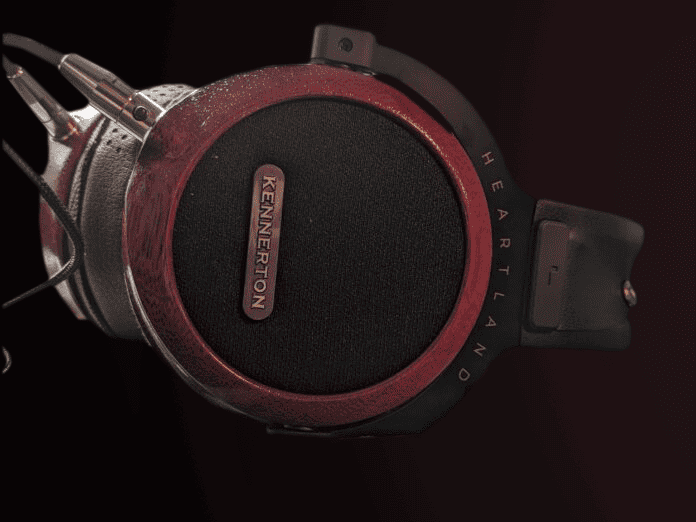Kennerton Heartland Review
Kennerton does all things audio, but today, we’re narrowing our focus on the company to a newer high-end release: The Kennerton Heartland. Retailing at $3,469 in the U.S., it’s fair to have some pretty high expectations from this planar open-back. As usual, let’s take a look inside the box, go over some design and specs, and most importantly, get into what the Kennerton Heartland sounds like.
What’s in the Box?
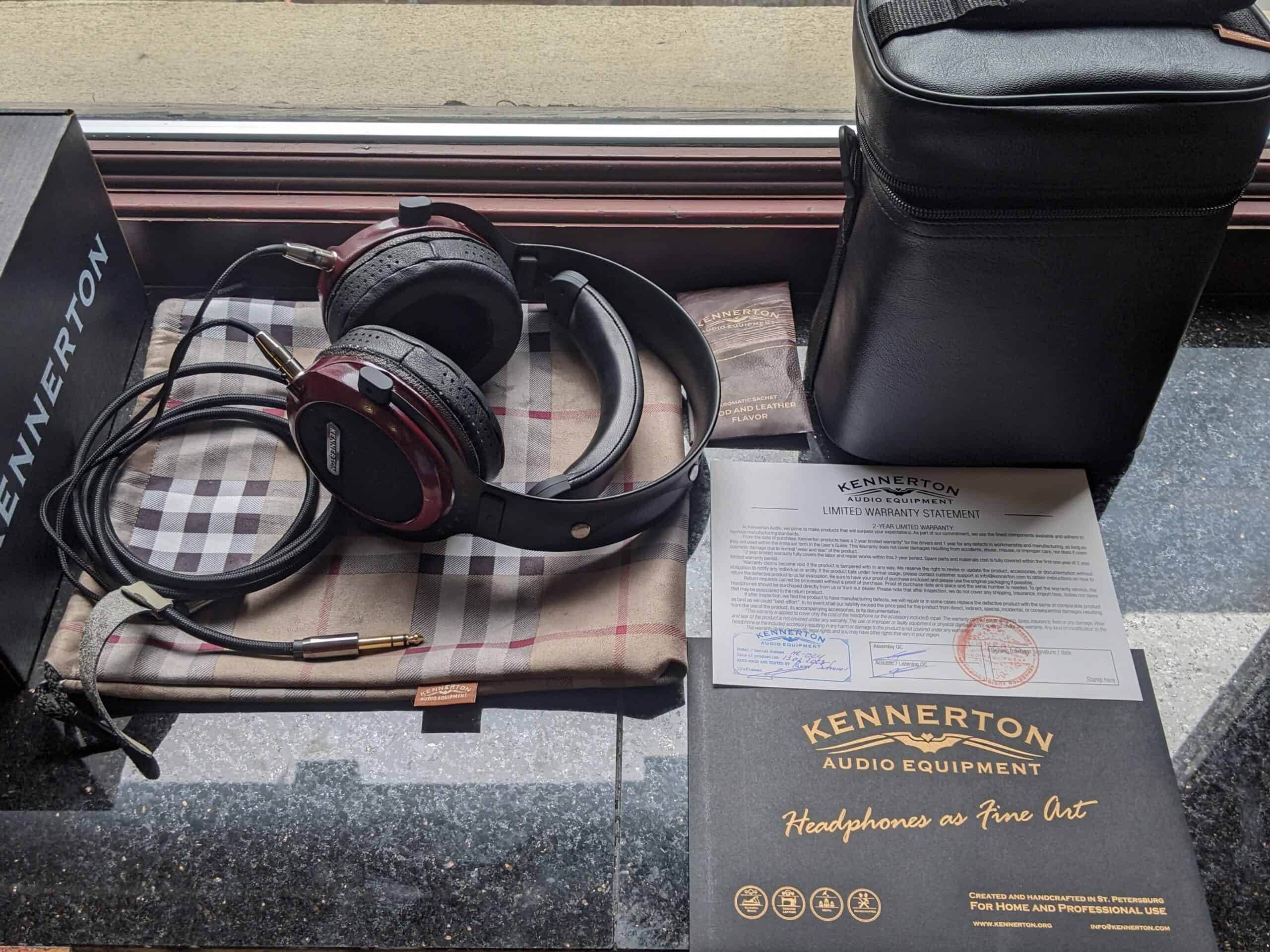
- Kennerton Heartland Open-Back Planar Magnetic Headphones
- 2 meter Cable with 6.35mm Unbalanced Jack
- Carrying Pouch
- Soft Leather Carrying Case
- Certificate of Authentication
- Frequency Response Chart
Look and Feel
The Kennerton Heartland has a rustic presentation. Upon opening up the tartan patterned carrying pouch, I was hit with a pleasant woodsy smell. Could it really be that the wooden cans retained their forest scent? No, but Kennerton includes an aroma pouch along with the headphones. Nice.
In usual Kennerton style, the Heartland comes in a variety of wooden cans. The unit I used for this review is the Purple Heart edition. At 425 grams, the Heartland is on the heavier side, but right around average for high-end headphones with similar price tags. A well padded and finely calibrated suspension headband distributes its mass comfortably, and I was unaware of it weighing on my head after several hours of listening. Headband pressure is a little firm, but strikes a nice equilibrium with the thick and squishy memory foam and sheepskin ear pads. These pads also managed to keep the tips of my ear from touching up against the driver. All said, the Kennerton Heartland was pretty comfortable to wear, and unless you’re particularly sensitive to a headphone’s weight, I don’t think many people are going to have an issue here.
My only minor gripe is that the sole included cable has a 6.35mm unbalanced jack. At this price and quality level, I would have liked a balanced cable with a 6.35mm adapter. Not a big deal, but worth mentioning. Perhaps Kennerton is implying a use case that has gone over my head.
Last thing I want to mention here is that Kennerton includes the frequency response graph of the Heartland unit in the box – something that should excite the nerds like myself, and something I’ll make use of in this review.
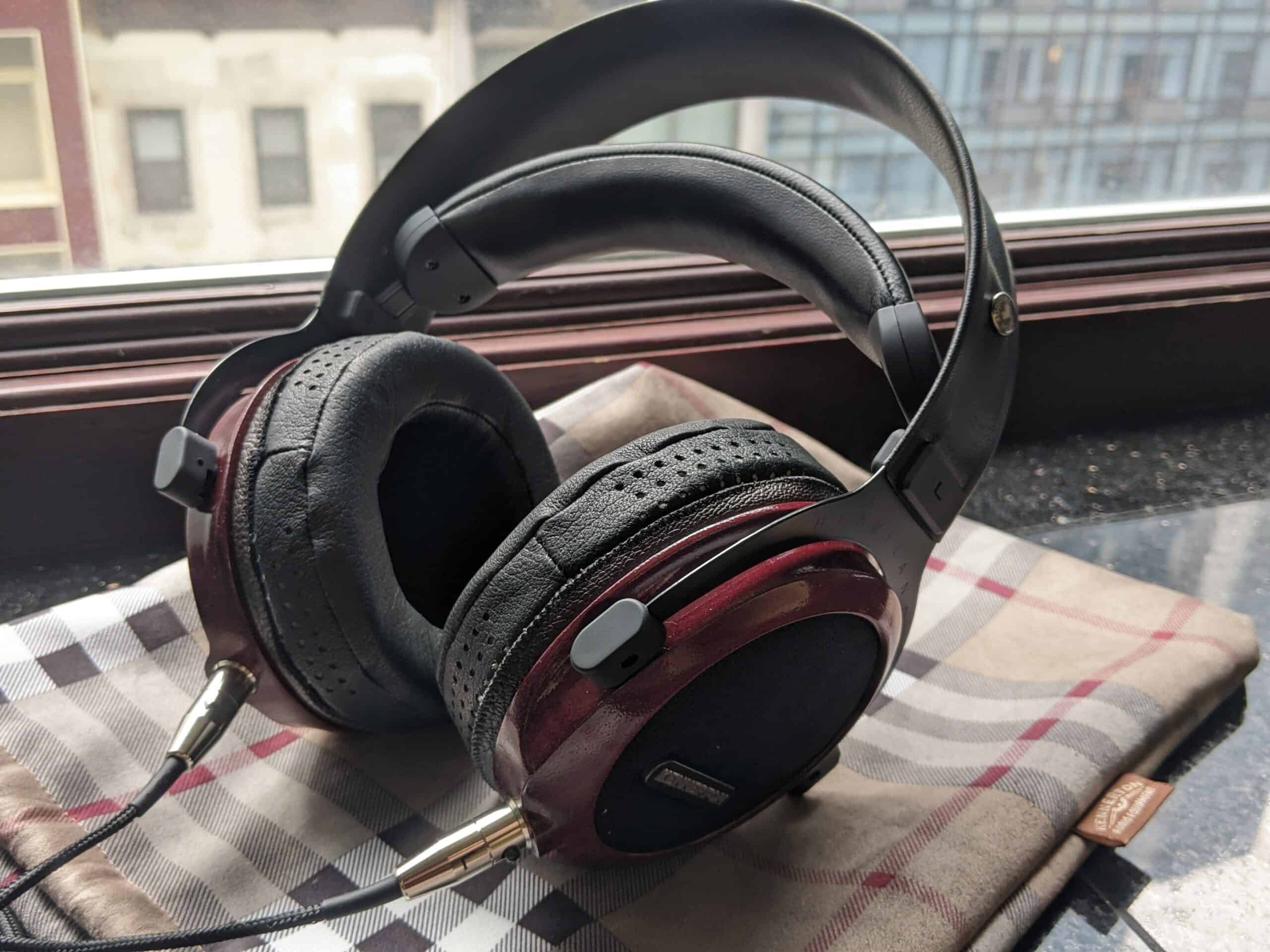
Technical Specs
| Spec | Kennerton Heartland |
| Driver / Operating Principle | 80mm Planar Magnet / Open-Back |
| Impedance | 43 ohms |
| Frequency Response | 10 Hz – 55 kHz |
| Sensitivity | 99 dB |
Soundstage
The Kennerton Heartland doesn’t have a whole lot in the way of depth, but makes up for this with an impressively wide stage and a dynamic sense height. The heavier the pans, the more distance I felt on the sides of its (figuratively) 3D sonic space. Fast pans that traveled left and right had the propensity to travel smoothly across my face, or over my head, rather than in font of my face. Mono parts such as kick drums and vocals were felt somewhere between my scalp and forehead, but again, not outwardly in front of me. This isn’t to say the stage is linear, but rather, somewhat small and insulated. I was left with a fairly neutral impression, with occasional moments of feeling outright impressed with the Heartland’s width.
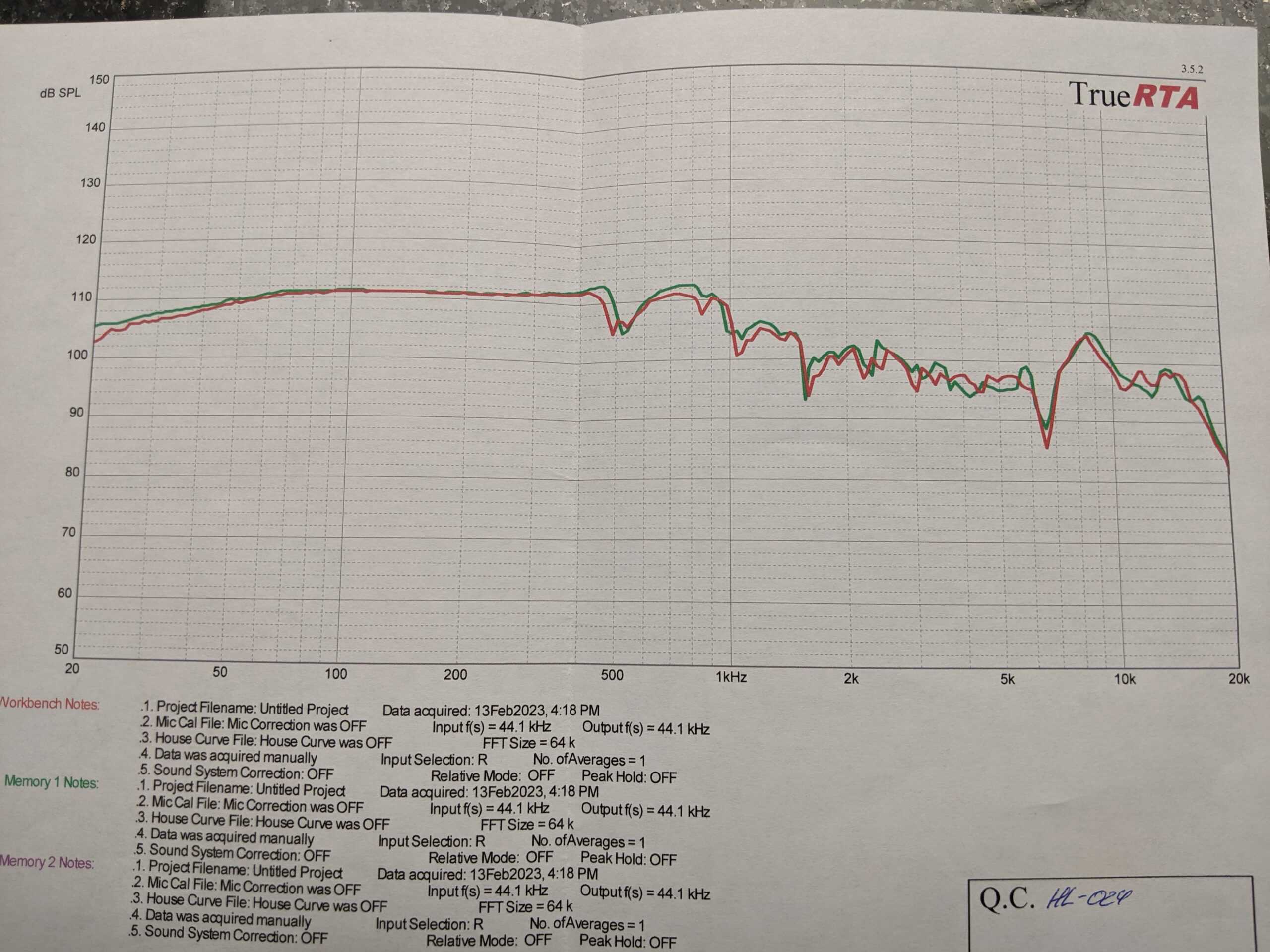
Lows
Perhaps the least controversial statement that I’ll make from here on out is that the Kennerton Heartland is defined by a subby, solid low end. Just take a look at the included frequency response graph: subs see some roll off, as usual, but are generally less attenuated than we would generally see in over-ear tunings. For some reference and further clarification, 30Hz frequencies are approximately 2 to 4dB louder than 500Hz frequencies; the difference between sub bass frequencies and treble is even more significant. After its mild sub roll off, the Kennerton Heartland stays flat as a ruler through its mid bass, high bass, and even well into its low mids.
It almost goes without saying that bass-heavy tracks, like Jai Paul’s “Crush,” found exciting impact and rumble that enveloped my head down to my neck. While the Heartland is clearly not a balanced-sounding headphone, the balance within its bass primes it to be very revealing of low frequency details. I heard the deep resonances of the bodies on acoustic guitars creaking on a player’s lap during a recording, and other idiosyncrasies of the sort, with a revealing clarity. Kick drums and basses retain distinct low-end timbres that aren’t at risk of being squeezed of their detail from over-amplification.
The Kennerton Heartland’s thunderous, rumbling low end was my favorite part of its dark balance, and I think most listeners would it agree that it’s where this headphone defines its overall sound.
Mids
The Kennerton Heartland’s foundation may come from its thick and solid low end, but an emphasis in the high-center mids, observable from around 600Hz to 1kHz in the included frequency response graph, is a very noticeable and integral part to the Heartland’s overall sound. I had mixed feelings about this choice of tuning.
Things I liked about it: Snare drums took on a slightly boxy timbre, which firmed up their body and gave them a knock-y sound. More driving overtones from guitars were elevated out of high-bass and low-mid darkness. Problems emerged on soprano or alto male vocalists who sing with force, such as Roberts Pecknold from Fleet Foxes, and on wind instruments. A belted “I” or “Oo” had the tendency to rip through a mix with a touch of pain. Saxophones could smoothly noodle around in a solo, but would suddenly hit an unnatural swell in their mid range. Mid-range reverbs on vocals were intense and, to my ears, a bit too crowded in the mix. I found this aspect of the tuning almost fatiguing, and a little out of place in context with the rest of the Heartland’s thick and smooth signature.
Though the Heartland’s high mids certainly warrant a discussion, it would be irresponsible if I neglected to mention that low mids still play a prominent role in the mid range balance. We can see this on the included frequency response graph: a slight ramp begins around 300Hz before an outright boost can be observed from 400 to 480Hz. As a result, vocal fundamentals, acoustic guitars, and some piano parts find extra emphasis in their soft-sounding fundamentals. More than affecting any one particular part, however, this low mid focus does more to impart an overall warmth and coziness that could heard in just about every track to which I listened with the Kennerton Heartland.
Highs
After surprisingly finding the bulk of its brightness in its high mids, the Heartland returns to a smooth and dark character in its treble. Referring again to the frequency response graph, we can observe the Kennerton Heartland attenuates low and most of its mid treble, while maintaining some respectable extension in the upper treble. Though higher frequencies take a back seat in the sound signature, some solid treble dynamics left me hearing quiet, more subtle details in higher frequencies despite their reserved amplitudes. Cymbals were softened without sounding like they were unnaturally dampened, and vocal air was surprisingly present despite that Heartland’s abundant darkness. Despite my critical disposition towards how vocals interacted with the high-center mid boost, I admit that I found a certain appeal to the mids balance on softer female vocalists, such as Vashti Bunyan, specifically for how it coupled with the delicate air present in the Heartland’s mid and upper treble.
Though the Heartland’s upper-bass and mids balance added a soft weight to strummed acoustic guitars, their washboard-like pick transients still clicked prominently through the strums and ultimately contributed to giving the sound signature elements of crisp realism within its oceanic warmth.
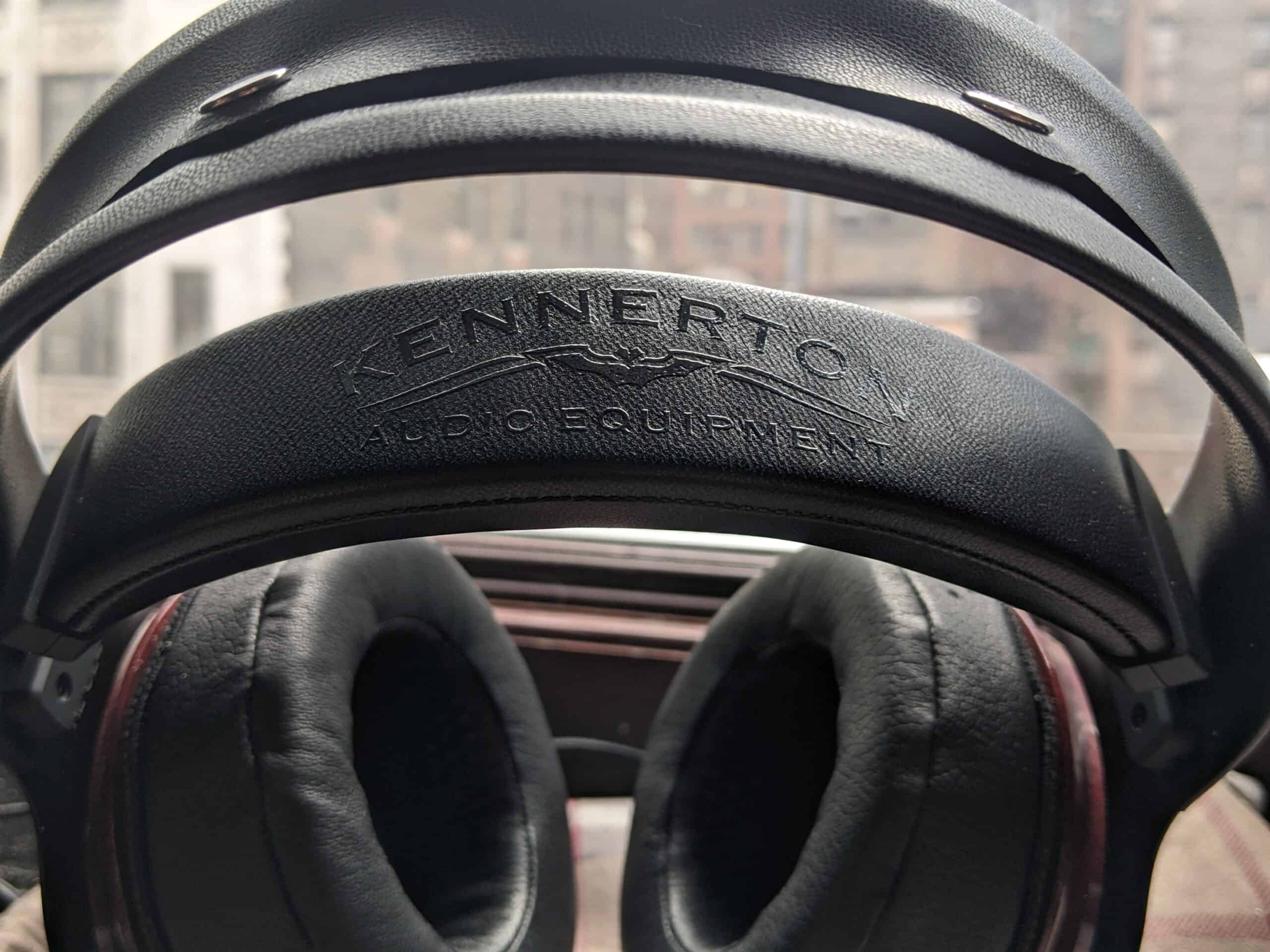
Overall
Though I’ve had a fair deal of exposure to Kennerton, granted not every release, I can’t say that I’ve heard anything from them that sounds quite like the Heartland. If you’re trying to figure out if the Kennerton Heartland is right for you, I’d advise putting the most thought and consideration into 1) its persistent and prominent low end and 2) its high-center mid boost (in that order). I may have had checkered feeling towards its mid range, but the low end power and clarity that’s abundantly present in the Heartland makes for a thunderous, physically-felt listening experience that might be exactly what some listener’s are looking for.
The Kennerton Heartland can be purchased here from Audio46.
| Pros | Cons |
|
|
Compare the ranking of various headphones, earbuds and in-ear monitors using our tools.
Discuss this, and much more, over on our forum.
---MAJORHIFI may receive commissions from retail offers.


